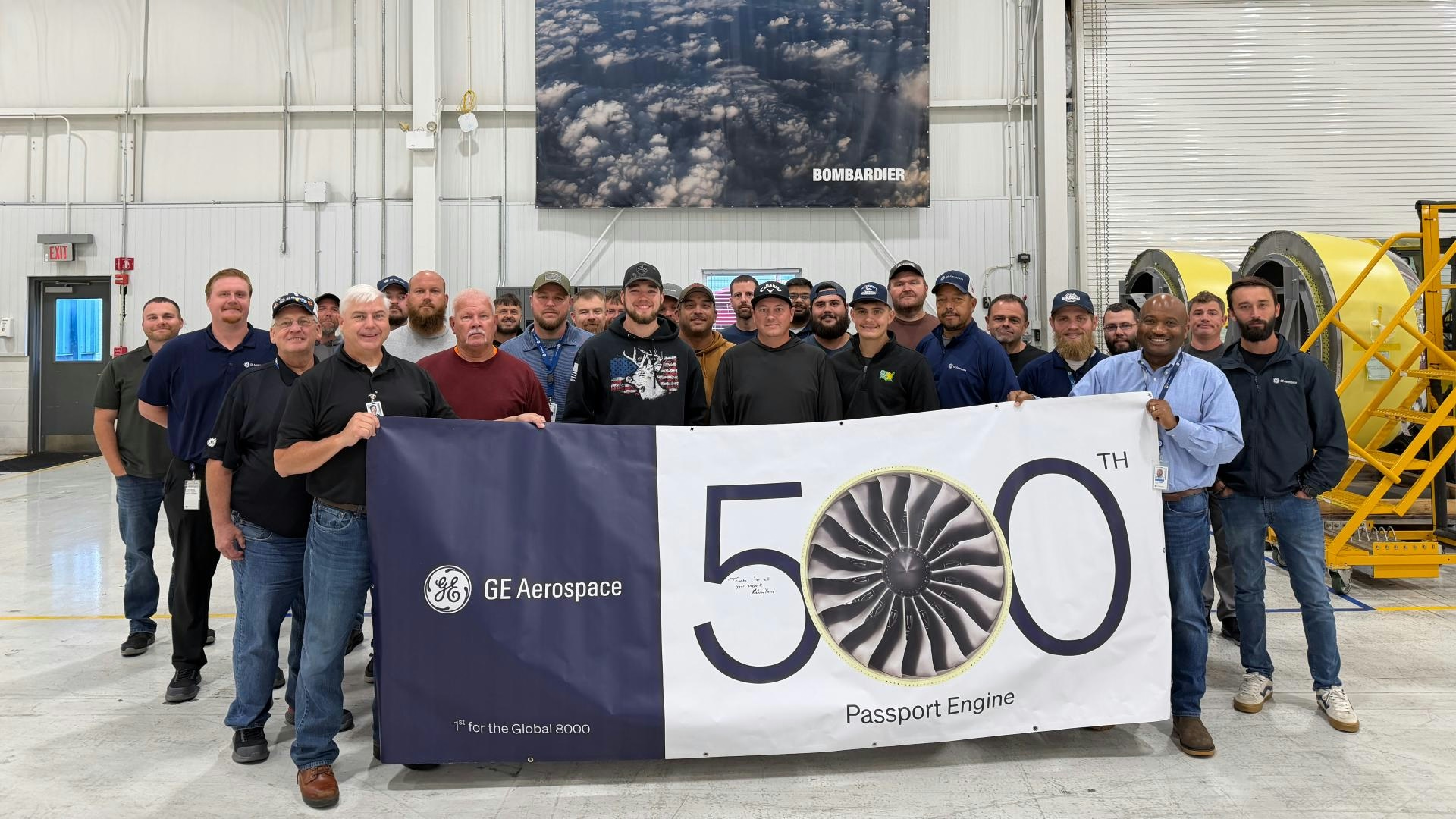
AeroGenie — 您的智能副驾驶。
热门趋势
Categories
Hamden Aviation CMO Alexander to Speak at Cargo Facts Symposium 2025

Hamden Aviation CMO Alexander to Address Feedstock Challenges at Cargo Facts Symposium 2025
Dora Alexander, chief marketing officer of Hamden Aviation, will participate in the second annual Cargo Facts Oxford debate during the upcoming Cargo Facts Symposium 2025. The debate, titled “Feedstock Frenzy: Will feedstock challenges sink the next generation of freighters?” is scheduled for Thursday, October 23, at 16:10 (GMT -5) as part of the three-day event held at the Grand Hyatt in Nashville, Tennessee.
Industry Context and Symposium Significance
Now in its 31st year, the Cargo Facts Symposium convenes air cargo executives and industry leaders to explore the latest trends, challenges, and innovations shaping the freighter sector. This year’s agenda arrives at a critical juncture for the industry, as stakeholders contend with mixed financial results among U.S. passenger and cargo carriers while adapting to rapid technological advancements. Notable developments include demonstrations of uncrewed cargo eVTOL aircraft and the introduction of midsize cargo delivery drones, signaling a transformative period for air freight operations.
Alexander’s Role and Industry Developments
Since assuming the role of CMO at Hamden Aviation in September 2024, following her tenure as executive vice president until May, Alexander has leveraged her extensive experience, including her previous position as senior vice president of leasing and financing at Flight Lease Group. Under her leadership, Hamden has transitioned from supplying CFM56-3C1 engines and support for 737 Classic freighters to actively entering the leasing market for this aircraft type. Recently, Hamden partnered with Dallas-based Petrus Aviation to place a 737-400SF (25106, formerly operated by ASL Airlines) with Brazil’s Total Linhas Aereas. This followed the loss of another Hamden 737-400SF (26299) to a cargo fire in November 2024.
Alexander’s participation in the symposium comes amid a dynamic industry landscape marked by evolving cargo partnerships, such as Kenya Airways’ pursuit of collaboration with Air Tanzania, and ongoing efforts by European airlines to standardize small cabin items. These developments, alongside competitor strategies aimed at enhancing cargo operations and forging new alliances, highlight the competitive and rapidly changing environment in which Hamden and its peers operate.
The Cargo Facts Symposium continues to serve as a vital forum for global freighter and air cargo leaders, providing a platform to exchange insights and anticipate the sector’s growth trajectory amid shifting market dynamics. The event will take place from October 22 to 24 in Nashville, with early-bird registration currently open.
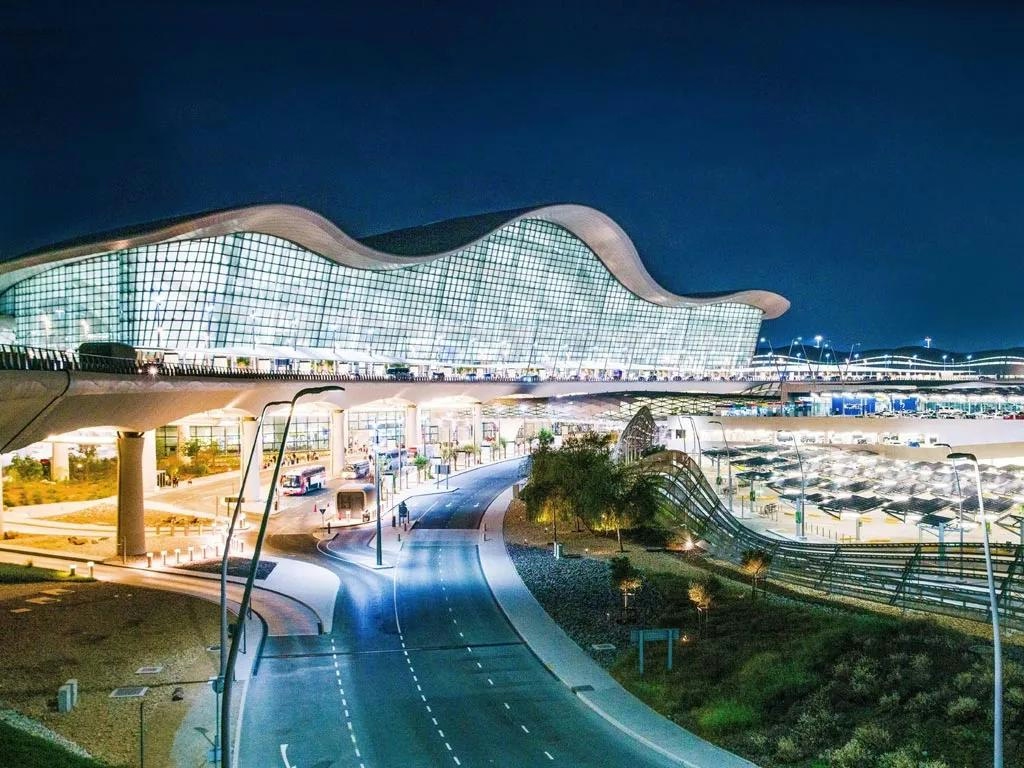
UAE Airports Adopt AI to Manage Rising Passenger Traffic

Spain’s Leading Airlines and Hotels Use Google Flights AI to Enhance Holiday Offers
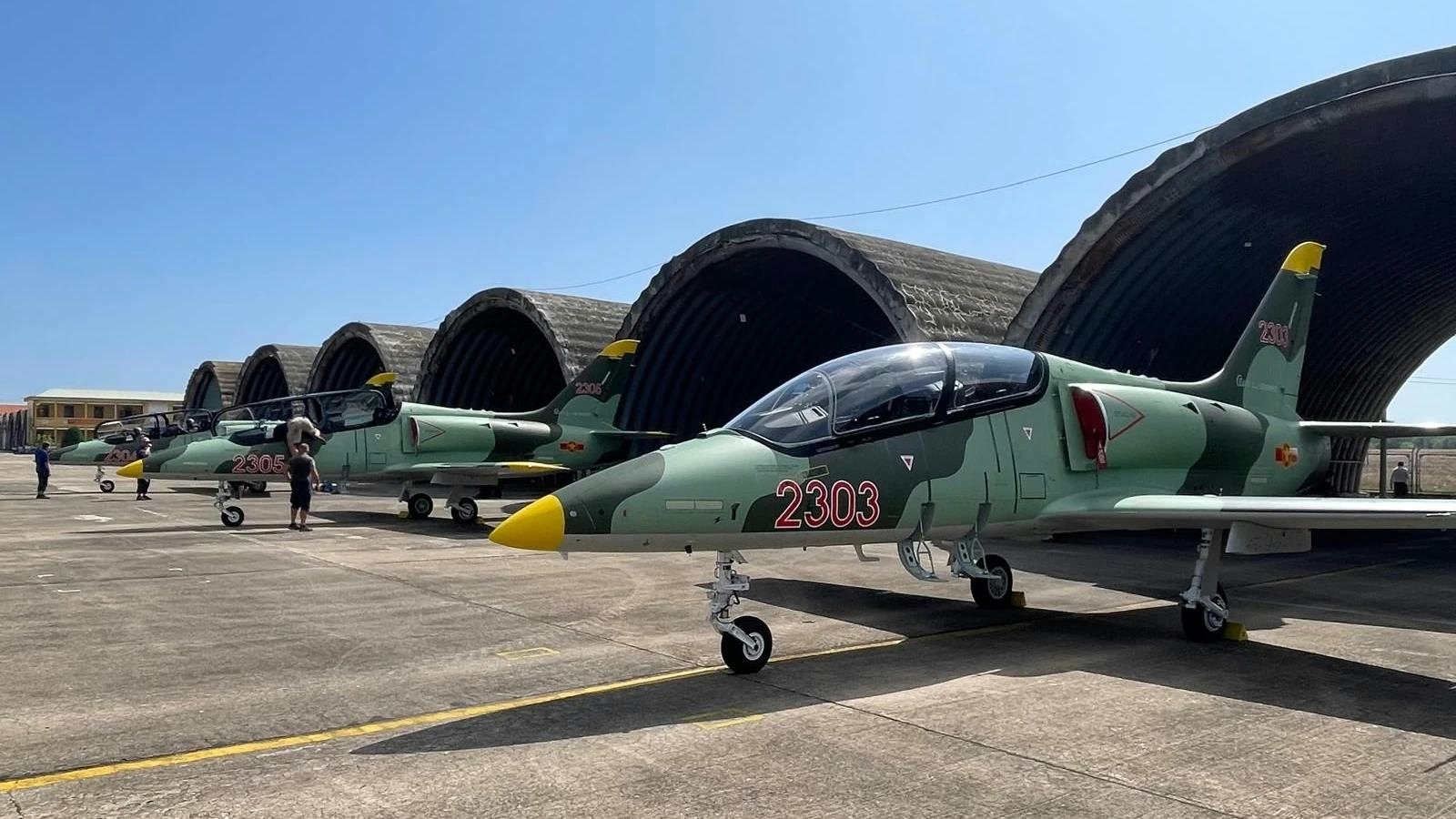
Vietnam Grounds 28 Aircraft Amid Global Engine Shortage

United Airlines Flight Returns to Dulles After Engine Failure on Takeoff

United Airlines flight makes emergency landing at Dulles after engine failure

The Impact of the New Air Force One’s Delayed 2028 Arrival on Aviation and Travel

United Airlines Restarts Controversial AI Scheduling for Flight Attendants
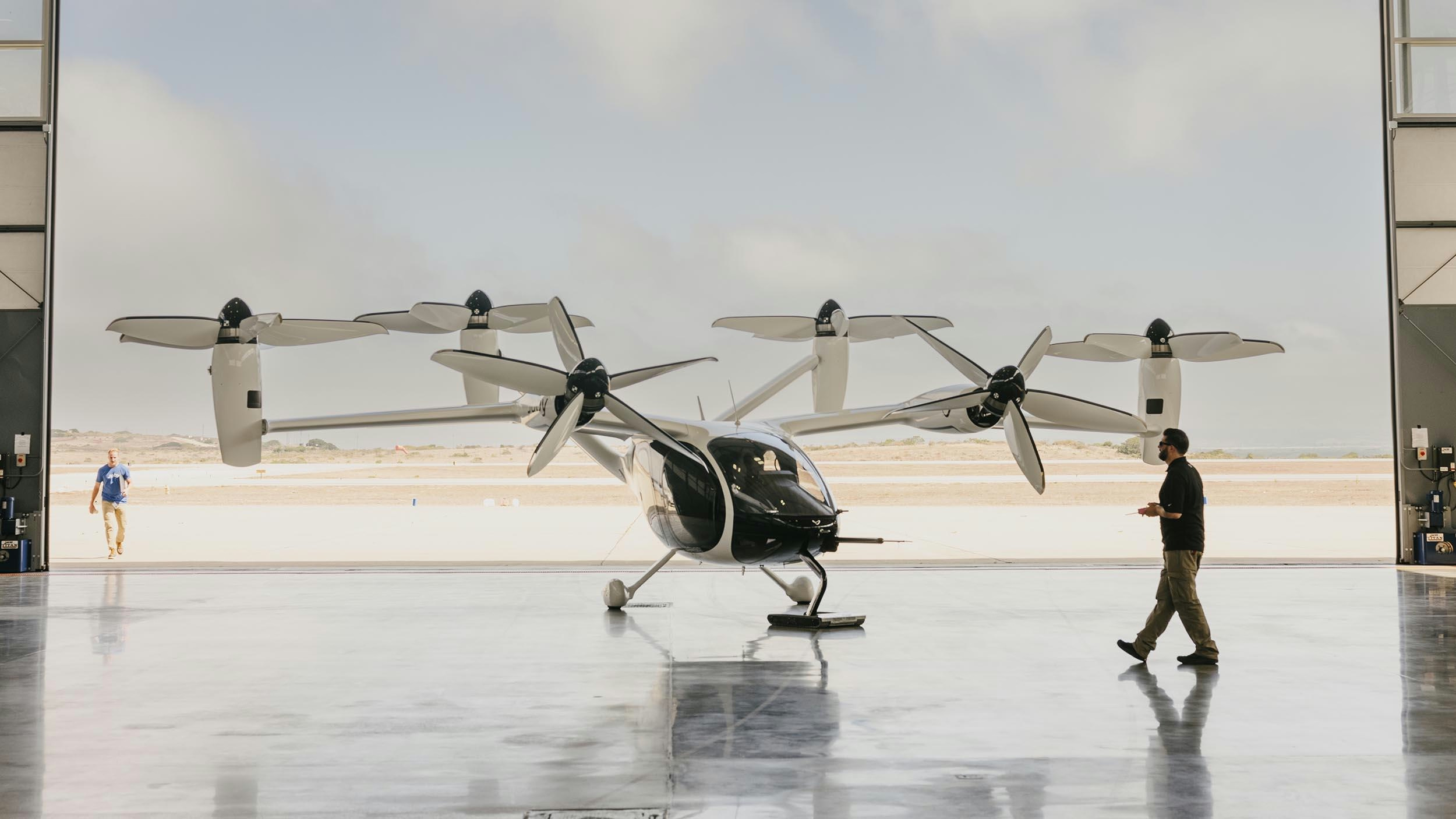
Joby Aviation’s Air Taxis Poised to Change Urban Travel and Tourism
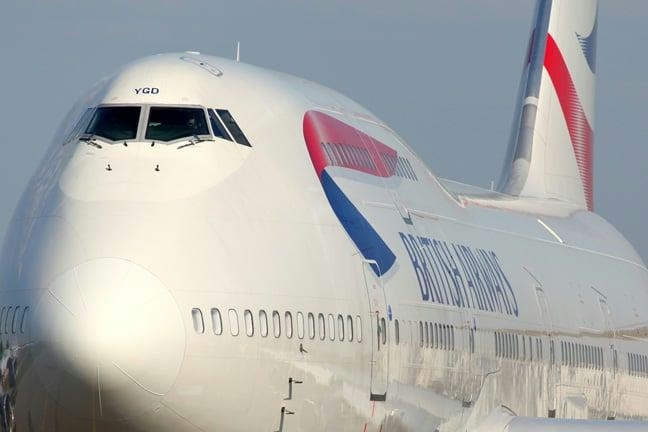
BA Chief Warns AI Agents May Diminish Brand Visibility
